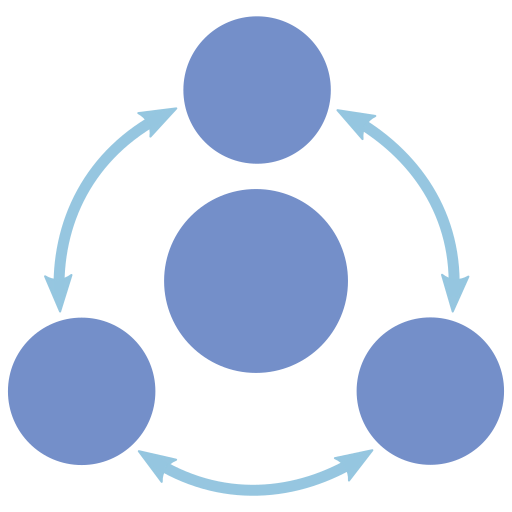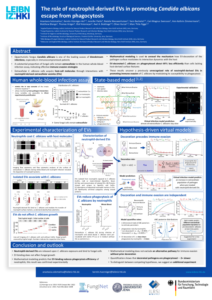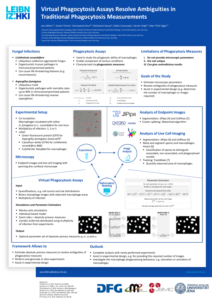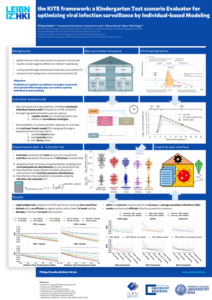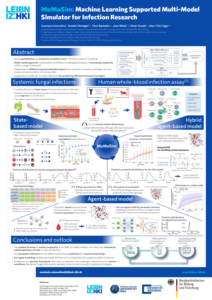In this study we investigate receptor–ligand binding in the context of antibody–antigen binding. We established a quantitative mapping between macroscopic binding rates of a deterministic differential equation model and their microscopic equivalents as obtained from simulating the spatiotemporal binding kinetics by a stochastic agent-based model. Furthermore, various properties of B cell-derived receptors like their dimensionality of motion, morphology, and binding valency are considered and their impact on receptor–ligand binding kinetics is investigated. The different morphologies of B cell-derived receptors include simple sperical representations as well as more realistic Y-shaped morphologies. These receptors move in different dimensionalities, i.e. either as membrane-anchored receptors or as soluble antibodies. The mapping of the macroscopic and microscopic binding rates allowed us to quantitatively compare different agent-based model variants for the different types of B cell-derived receptors. Our results indicate that the dimensionality of motion governs the binding kinetics and that this predominant impact is quantitatively compensated by the bivalency of these receptors.
Model for antigen binding by B cell-derived receptors
Publications
Targeting of phagolysosomes containing conidia of the human pathogenic fungus Aspergillus fumigatus with polymeric particles.
González K*, Gangapurwala G*, Alex J*, Vollrath A, Cseresnyés Z, Weber C, Czaplewska JA, Hoeppener S, Svensson CM, Orasch T, Heinekamp T, Guerrero-Sánchez C, Figge MT, Schubert US, Brakhage AA
Conidia of the airborne human-pathogenic fungus Aspergillus fumigatus are inhaled by humans. In the lung, they are phagocytosed by alveolar macrophages and intracellularly processed. In macrophages, however, conidia can interfere with the maturation of phagolysosomes to avoid their elimination. To investigate whether polymeric particles (PPs) can reach this intracellular pathogen in macrophages, we formulated dye-labeled […]
Analysis of HDACi-coupled Nanoparticles: Opportunities and challenges.
Kühne M, Hofmann S, Lindemann H, Cseresnyés Z, Dzierza A, Schröder D, Godmann M, Koschella A, Eggeling C, Fischer D, Figge MT, Heinze T, Heinzel T
Systemic administration of histone deacetylase inhibitors (HDACi), like valproic acid (VPA), is often associated with rapid drug metabolization and untargeted tissue distribution. This requires high-dose application that can lead to unintended side effects. Hence, drug carrier systems such as nanoparticles (NPs) are developed to circumvent these disadvantages by enhancing serum half-life as well as organ […]
Acceptance of Different Self-sampling Methods for Semiweekly SARS-CoV-2 Testing in Asymptomatic Children and Childcare Workers at German Day Care Centers: A Nonrandomized Controlled Trial
Geraldine Engels, Johannes Forster, Andrea Streng, Viktoria Rücker, Paul Rudolph, Franziska Pietsch, Julia Wallstabe, Lars Wallstabe, Maike Krauthausen, Julia Schmidt, Timo Ludwig, Carsten Bauer, David Gierszewski , Jesper Bendig, Sandra Timme, Thomas Jans, Benedikt Weißbrich, Marcel Romanos, Lars Dölken, Peter Heuschmann, Christoph Härtel, Ildikó Gágyor, Marc Thilo Figge, Johannes Liese , Oliver Kurzai
Importance: Closure of day care centers (DCCs) to contain the COVID-19 pandemic has been associated with negative effects on children’s health and well-being. Objective: To investigate the acceptance of self-sampling methods for continuous SARS-CoV-2 surveillance among asymptomatic children and childcare workers (CCWs) in DCCs. Design, setting, and participants: This nonrandomized pilot study included children and […]
